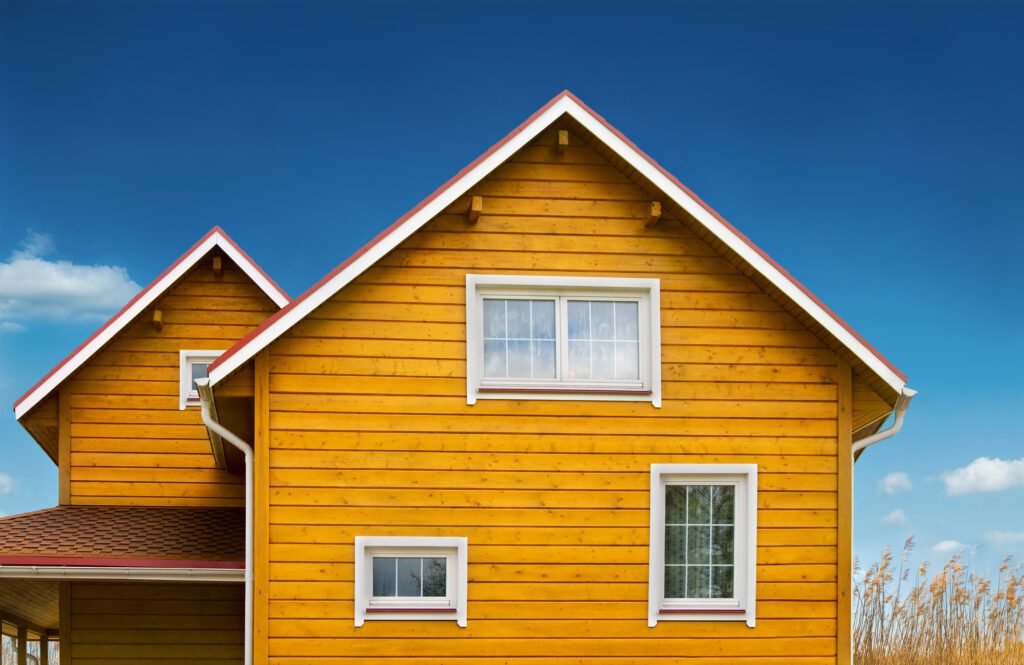When we talk about energy efficiency, most people think of windows, insulation, or HVAC systems—but your home’s siding plays a major role, too.
If your current siding is aging, cracked, or poorly insulated, it could be costing you more in heating and cooling than you realize. Upgrading your siding isn’t just about looks—it’s a strategic move to improve your home’s performance and lower your energy bills.
Here’s how new siding helps boost energy efficiency (and comfort) year-round.
1. Better Insulation = Reduced Heat Loss
Modern siding options often include built-in or optional insulated backing, which adds an extra layer between your home and the elements. This helps keep warm air inside during winter and cool air in during summer.
Older siding—especially if it’s warped, cracked, or wasn’t insulated to begin with—lets heat escape, forcing your HVAC system to work overtime.
Upgrading your siding is like wrapping your home in a warm, protective blanket.
If you’re wondering what kind of siding is most effective, check out this guide on
👉 how to pick the best vinyl siding for your home
2. Air Leak Prevention
Small gaps in siding—especially around windows, doors, and seams—can allow outdoor air to seep in and conditioned air to leak out. This creates drafts, inconsistent indoor temperatures, and increased energy usage.
New siding, when professionally installed and sealed, closes those gaps and acts as a barrier against air infiltration, much like how roofing upgrades can seal and insulate the top of your home.
If you’re aiming for a full-home energy efficiency strategy, consider pairing your siding upgrade with
👉 cutting-edge roof efficiency improvements
3. Moisture Control and Mold Prevention
Proper siding helps manage moisture, preventing water from seeping into your walls. Why does this matter for energy efficiency?
Because moisture-damaged insulation loses effectiveness. If your insulation is wet or moldy, it doesn’t do its job—and that drives up energy costs.
New siding protects your insulation and the integrity of your home’s structure, helping everything work together efficiently.

4. Reflective Siding Options
Some modern siding materials come with reflective coatings or light-colored finishes that deflect sunlight instead of absorbing it. This helps reduce the amount of heat your home takes on during sunny days—particularly important during hot Michigan summers.
By choosing the right material and color, you can even make your home more efficient passively—no thermostat adjustments required.
5. Long-Term Cost Savings
Although new siding is an investment, it pays off over time. According to national averages, homeowners can save up to 10–15% on energy bills after installing insulated siding.
And if you’re thinking about selling your home, energy efficiency upgrades—like new siding—can make your home more appealing to buyers.
To keep your siding in top condition year after year (and protect your investment), don’t forget regular upkeep. Here’s a helpful guide on
👉 how to clean the siding on your house
Final Thoughts
If your energy bills are creeping higher or you’ve noticed drafts or uneven temperatures indoors, your siding might be part of the problem. Investing in new siding can improve insulation, protect your home from the elements, and ultimately help your entire home operate more efficiently.Want to know more about your siding options and whether an upgrade is right for your home?
Let’s talk. A siding consultation could be your first step toward a more energy-efficient home.
